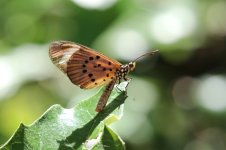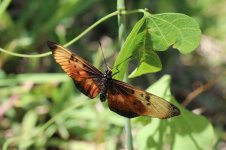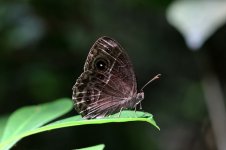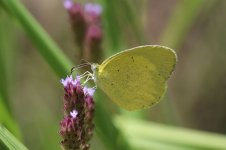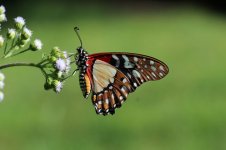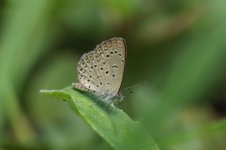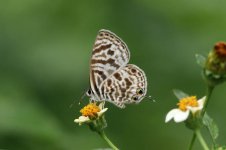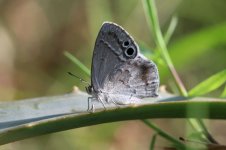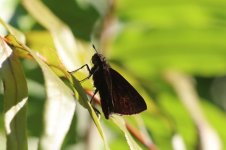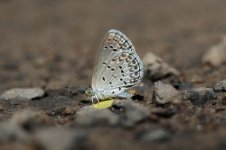Part B. Butterflies in KwaZulu, 1 - 2 February 2022.
Having completed the pelagic trip in Durban, I decided to extend my trip a little by spending a couple of days focussing on butterflies in coastal KwaZulu, before moving over to Kruger National Park for a couple of weeks.
Though still a month off the peak of the butterfly season in this part of the world, I did nonetheless spend two full days in the superbly lush surroundings of Mtunzini, both in gardens on the edge of town and in the Umlalazi National Park. In dripping greenery, it was a paradise for big tropical swallowtails and allies, plus quite a few more discreet species such as assorted blues and skippers. Exceptionally hot and sunny, it was not however a very easy task to see all of these butterflies - not only was the humidity energy sapping, but many of the big butterflies were canopy specialists or simply never settled, views usually being of high speed flashes of blue, black and green as the desired butterfly sailed past. Similar story at the other end, many of the smaller species were also exceptionally active in the heat and rarely landed for long, and if they did invariably in the shade.
Nevertheless, though numbers were lower than I had expected, a good bunch of species were seen, including big and colourfuls such Citrus Swallowtail, Narrow Green-banded Swallowtail, Small Striped Swallowtail and Angola White Lady, along with the more exotic sounding Zulu Shadefire, Lilac-breasted Black-eye and White-barred Telchinia.
In total, 33 species positively identified:
African Plain Tiger -10
Novice - 2
Black-haired Bush Brown - 3
Zulu Shadefire - 1
Black-based Acraea - 2
White-barred Telchinia - 2
African Leopard - 10+
Brown Pansy - 4
Dark Blue Pansy - 8
Purple Brown Hairstreak - 1
Coastal Hairstreak - 2
Lilac-based Black-eye - 1
Black-striped Ciliate Blue - 10+
Common Geranium Bronze - 3
Common Zebra Blue - 2
Velvet-spotted Babul Blue - 15+
Topaz Babul Blue - 1
Natal Babul Blue - 1
Tiny Grass Blue - 4
African Grass Blue - 2
African Clover Blue - 2
Cambridge Vagrant - 2
African Caper White - 1
Southern Veined Arab - 2
African Wood White - 2
Eastern Dotted Border - 1
Broad-bordered Grass Yellow - 25+
Citrus Swallowtail - 15+
Narrow Green-banded Swallowtail - 10+
Angola White Lady - 1
Small Striped Swallowtail - 1
Lesser Horned Swift - 1
Black-branded Swift - 1
Being in such a wildlife hotspot, a few non-butterflies also intruded, most notably abundant Woolly-necked Storks, one Livingstone's Turaco, both Grey-headed Kingfisher and Malachite Kingfisher and the localised White-eared Barbet, plus Red Duiker and Common Zebra. A quick visit to Hluhluwe National Park also added further mammals, including African Elephants, mother and calf White Rhino, abundant Nyala and assorted others such as Waterbuck and Impala.
With that, however, I was eager to move on - Hazyview and Kruger calling, so on a whim, I called it quits on the second afternoon and embarked on the 670 km drive to Hazyview, a mere stone’s throw from the western edge of Kruger.







